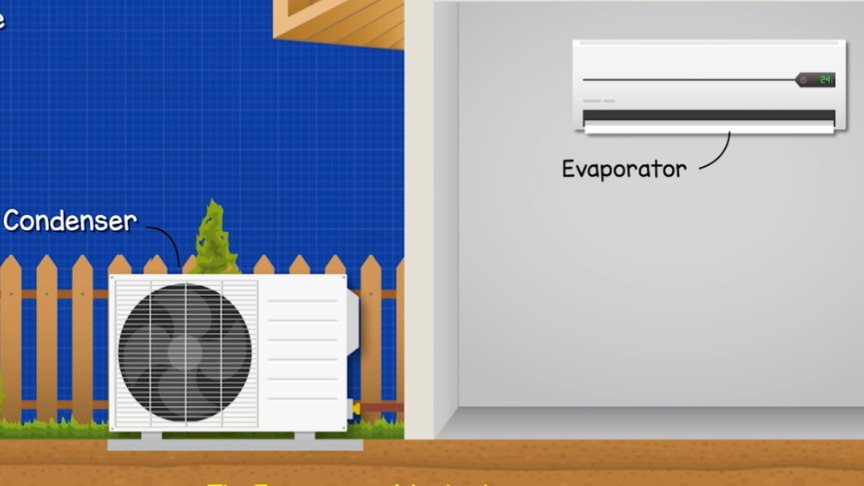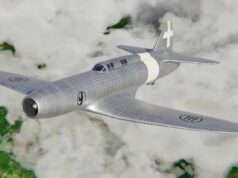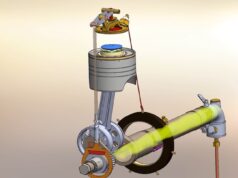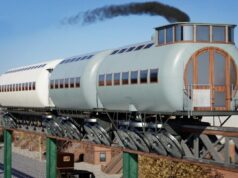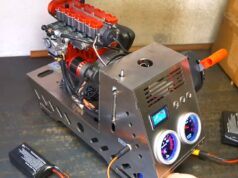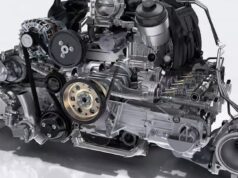Heating, ventilation, and air conditioning (HVAC) is the technology of indoor and vehicular environmental comfort. Its goal is to provide thermal comfort and acceptable indoor air quality. How do air conditioning units work? Air conditioning system basics. We learn basic refrigeration cycle, compressor, condenser, evaporator and different types of expansion valves.
source/image: The Engineering Mindset
HVAC system design is a subdiscipline of mechanical engineering, based on the principles of thermodynamics, fluid mechanics and heat transfer. “Refrigeration” is sometimes added to the field’s abbreviation, as HVAC&R or HVACR or “ventilation” is dropped, as in HACR.
A standard air conditioner or cooling system uses a specialized chemical called refrigerant, and has three main mechanical components: a compressor, a condenser coil and an evaporator coil. These components work together to quickly convert the refrigerant from gas to liquid and back again. The compressor raises the pressure and temperature of the refrigerant gas and sends it to the condenser coil where it is converted to a liquid.
Advertisement
Then the refrigerant travels back indoors and enters the evaporator coil. Here the liquid refrigerant evaporates, and cools the indoor coil. A fan blows indoor air across the cold evaporator coil where the heat inside the home is absorbed into the refrigerant. The cooled air is then circulated throughout the home while the heated evaporated gas is sent back outside to the compressor.via: carrier

